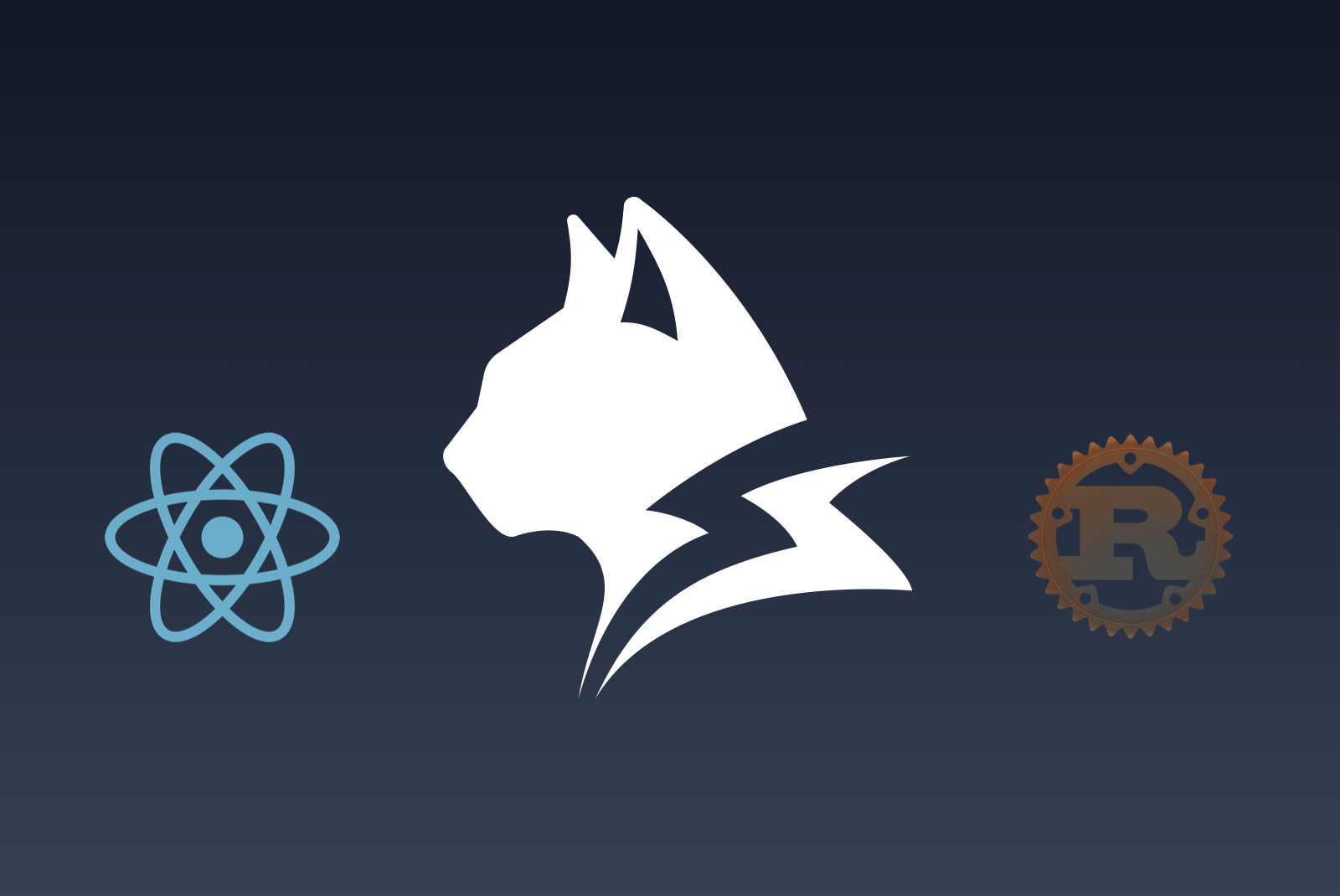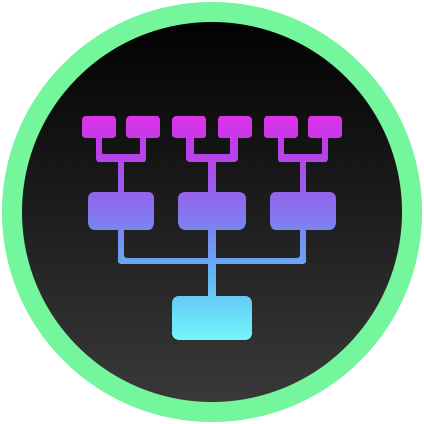Introducing Lynx: How TikTok’s New Framework Compares to React Native

ByteDance’s Lynx Framework
ByteDance introduced a brand-new mobile app development framework called Lynx. Although directly aimed at React Native, is worth to switch?
Who is ByteDance And What Is Lynx?
ByteDance is the Chinese company responsible for TikTok. On March 5th they released Lynx, a cross-platform app development framework for Android, iOS and the Web. In their announcement they promised better performance, native styling support, and a flexible architecture. The company open-sourced Lynx on GitHub, where it already collected more than 10k stars.
The company is already using Lynx in their own products: TikTok’s search panel, studio, Shop, and LIVE, as well as Disney100 and The Met Gala on TikTok. It’ll probably only be a question of time until they switch the whole application to Lynx. And the ecosystem will profit from it by getting new features and support.
Of course, this is a direct attack on React Native, one of the most widely used cross-platform app development frameworks in use today. Lynx makes it tempting for React Native developers to switch by supporting React.
What’s The Difference: Lynx vs. React Native
Both frameworks are Javascript and both frameworks are for mobile app development. Lynx is the newcomer while React Native exists since 2015.
Lynx offers a new architecture that works with two threads: a main thread for processing user events and triggering events for drawing the user interface, and a background thread for tasks that do not involve user interaction (for example API calls, file system interaction, etc.). The goal is to decouple the UI and time-intense tasks to improve user perceived performance. Lynx focuses on these three metrics:
- First Contentful Paint (FCP): Time to first content rendering completion.
- Actual First Meaningful Paint (ActualFMP): Time to rendering of truly meaningful content.
- Time to interactive (TTI): Time until page reaches interactive state.
These metrics can be measured with their Performance API.

Lynx ships with its own custom JavaScript engine: PrimJS. PrimJS is built on top of QuickJS, a JavaScript engine released end of 2023 by Fabrice Bellard and Charlie Gordon. Fabrice Bellard launched a lot of other famous projects like FFMPEG and QEMU: yes, the one that emulates your devices in Android Studio. PrimJS is written in C++ and designed specifically for Lynx. Lynx itself is written in C++ too, but the tool-chain is actually from the Rust ecosystem: interesting choice.
There are a lot of native CSS features supported by Lynx:
- Animations and transitions
- Selectors and variables for theming
- Gradients, clipping, and masking
The support for native CSS and React makes it easy for web developers to switch to app development with Lynx. And since Lynx also supports Web as a platform, it might be the best choice for app development between all three major platforms as integrated experience.
Lynx comes by default with ReactLynx, the package for using React with components and declarative UI. However, they also support other JavaScript frameworks like Vue or Svelte. They intentionally kept Lynx framework-agnostic for greater acceptance in the dev community and further reach. This could prove a clever decision in a constantly changing landscape of JavaScript frameworks.
The ecosystem of compatible libraries is still in its early stages. React Native has a ten year head start on this. However, as adoption grows, the open source community will probably get more and more libraries Lynx-ready. They’ll need help doing this and it may be your calling to help the open source community to grow the Lynx ecosystem, if you like this new framework.
| Feature | Lynx | React Native |
|---|---|---|
| Rendering | Dual-thread architecture | Fabric Renderer |
| JS Engine | PrimJS | Hermes |
| Styling | Native CSS | StyleSheet API |
| Compatibility | React, Vue, Svelte | React-based only |
| Ecosystem | Early stages | Extensive libraries |
| Adoption | Growing, backed by ByteDance | Established, backed by Meta |
Should You Use Lynx For Your Next Project?
What about your next project? Start testing Lynx by following their hello world example. After completing the first hello world you can get into more advanced tutorials like this dual waterfall gallery.
If you’re building a small mobile app and are open to try something new, Lynx might be the right choice for you. It looks promising: the better animations and smoother UI interactions could enhance the native feeling for your app. However, if your app is enterprise-grade and requires a lot of libraries, React Native seems to be the safer choice for now.
Let me know your thoughts about Lynx in the comments and as always: keep on coding and keep on creating.
